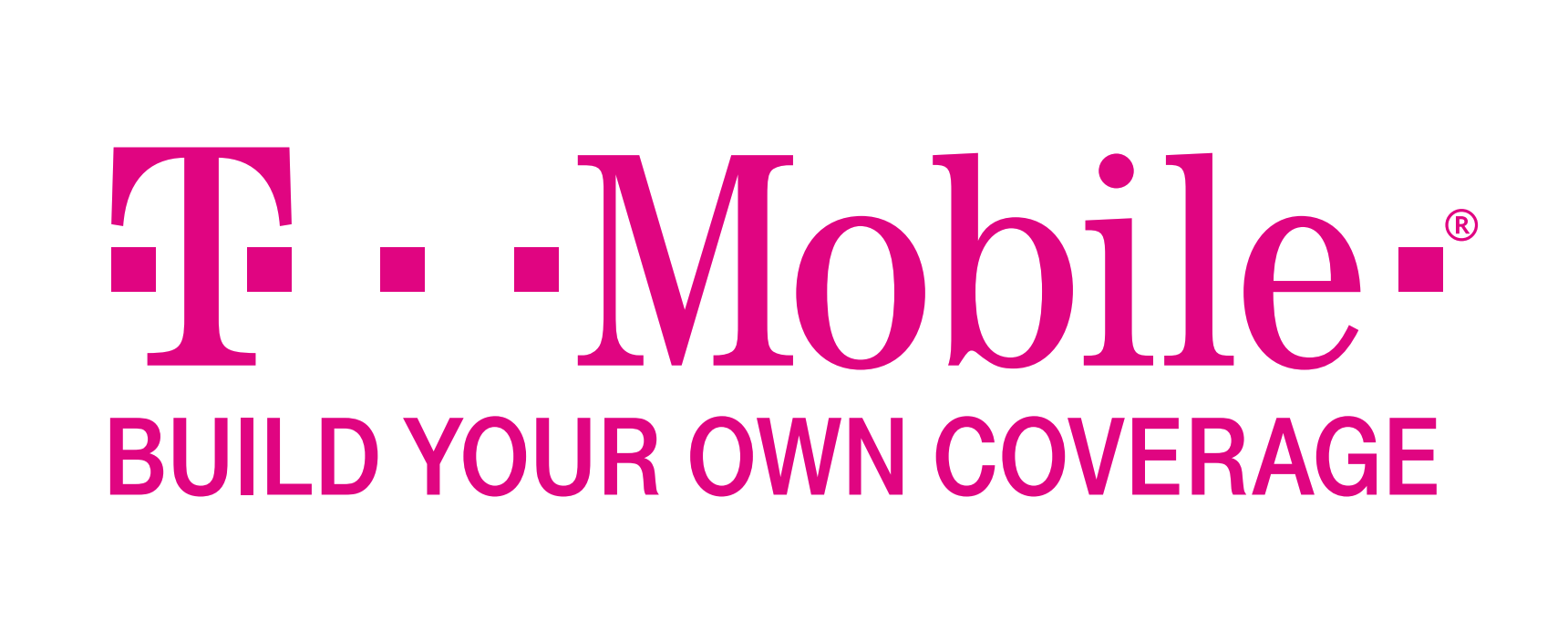Why WiFi Won’t Cut It In The Age Of 5G
Up until the last few years, WiFi and cellular systems functioned in separate spheres. Cellular signals were for personal phones, with WiFi reserved for the more serious work of connecting the wide world of devices throughout homes and office buildings.

But as data demands rise and the age of 5G inches closer, building owners and their tenants are realizing that WiFi may not cut it for their needs. With a number of drawbacks, including insufficient speed, bandwidth and security, WiFi systems do not have as much flexibility and growth potential as cellular systems do for connecting the thousands of devices that populate buildings every day.
“As good as a WiFi network’s data speeds can be, there are limitations that can be out of a WiFi owner's control,” JMA Wireless Vice President Jay Maciejewski said. “Building owners and enterprises will need more than just basic connectivity in the future. They will need security, the ability to monetize their networks in new ways and to have better coverage with fewer wires.”
Part of the reason that WiFi and cellular coverage have not faced off against each other is because the two technologies are fundamentally different. While both systems are evolving to provide gigabit data speeds, the usages, benefits and architectures differ.
WiFi is a local area network, meaning its reach is limited to about 300 feet of an access point like a node or router. It has become the standard for linking smartphones, computers, tablets, digital displays, printers and devices that connect via the Internet of Things, or IoT.
Everyone has access to the airwaves in the limited bands of WiFi spectrum. However, that openness can cause congestion. Since multiple systems can transmit information along the same frequencies, traffic can build up and slow down speeds.
Cellular systems work a little differently. They are wide area networks that transmit information across the planet, and unlike WiFi, cellular spectrum is licensed. The Federal Communications Commission restricts who has access to different bands of frequencies.
However, that same licensing gives cellular systems a whole lot more spectrum to work with. Cellular technology can be used in dozens of frequency bands, and single carriers will require devices to use multiple radio frequencies to function in different markets.
“The problem with WiFi is that it is highly susceptible to congestion and doesn't have the fine-tuning provided by cellular,” Maciejewski said. “While WiFi offers a few broad lanes for masses to connect, cellular systems provide new ways to slice spectrum, providing access to phones, laptops and a world of standardized, secured IoT devices.”

In order to alleviate some of the congestion, the WiFi industry is also adding more spectrum. The new standard, known as WiFi 6, will use more frequency bands. But Maciejewski explained that without running more costly fiber optic cable throughout their buildings, owners and operators won’t be able to see much difference with WiFi 6.
Instead, they can focus their efforts and investment on creating 5G networks inside their own buildings. 5G will allow carriers to carve out a slice of spectrum for organizations, giving owners their own private cellular networks to connect all their building’s occupants. These networks can replace slow or unreliable WiFi connections and dead spots inside with robust, reliable and always-available service.
Cellular networks also offer one serious leg up on WiFi: security. While WiFi networks have been shown to have serious vulnerabilities in their most advanced verification protocols, cellular networks employ advanced security and encryption to protect transmissions. A private cellular network can give a building total control over the security and performance of their tenants’ internet connection.
The network density of 5G cellular will put building owners on the cutting edge of technology for their tenants, providing them with enough bandwidth for multimedia, virtual reality and augmented reality applications without concern for capacity. It will also provide the density for buildings to become “smart,” with networks of IoT sensors covering every part of the building.
Modern buildings tend to block cellular signal from the outdoors. That means that to bring improvements to tech-savvy tenants, owners need an in-building wireless solution. This solution could take the form of a distributed antenna system, which strings a tree of cellular nodes throughout a building and boosts coverage for every cellular provider.
That solution could also be in the form of small cells — a scaled-down version of the antennas that sit atop cell towers. Each cellular carrier can provide its own cells and routers and configure, install and manage its network independently of other carriers. Owners and operators can plan ahead for small cells by deploying fiber cable in bundles to create a “neutral path” where carriers can hook up their cells.
With 5G devices expected to debut within the year, building owners face a time crunch. If they don’t make preparations now, Maciejewski said, they could be left behind in an advancing market.
“Cellular provides a true path to 5G,” he said. “Building owners, managers, real estate developers and government administrators need to have a plan to harness all of the advantages 5G has to offer.”
This feature was produced in collaboration between Bisnow Branded Content and T-Mobile Build Your Own Coverage. Bisnow news staff was not involved in the production of this content.

